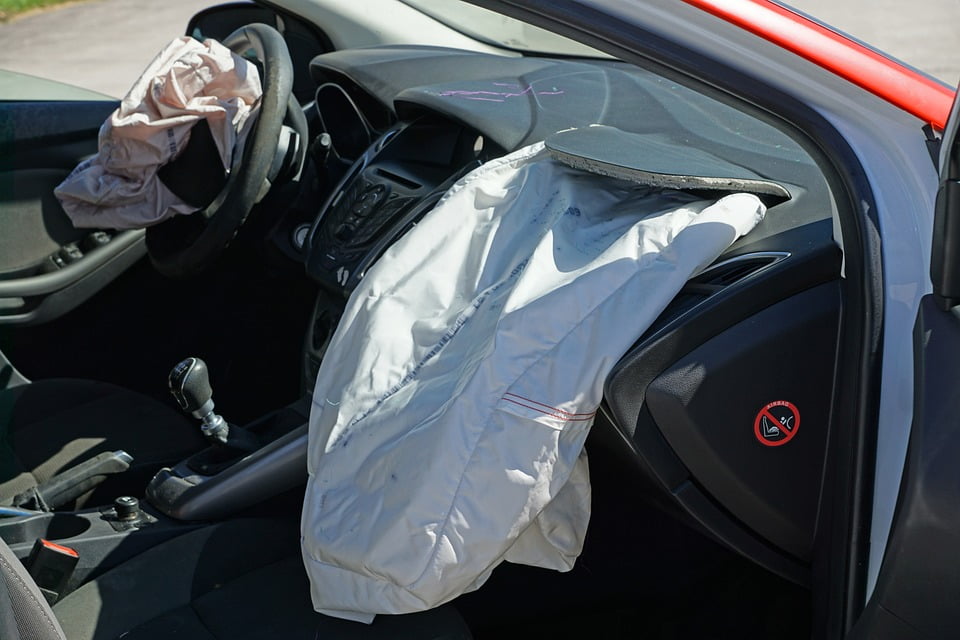Historical homes are a treasure trove of our past, filled with unique architecture, stories, and charm. However, owning a historical home comes with its own set of challenges, including ensuring that it is adequately insured. In this guide, we will delve into the specifics of home insurance coverage for historical homes, so you can preserve your piece of history with peace of mind.
Isi Kandungan
Understanding the Unique Needs of Historical Homes
Historical homes are not like modern homes, and their insurance coverage needs reflect that fact. When insuring a historical home, it is important to consider the following factors:
- The Replacement Cost:
- Valuation:
- Preservation Requirements:
- Risk Factors:
Historical homes often have unique and intricate features that may not be easily replaceable. When determining the replacement cost of your historical home for insurance purposes, it is essential to take into account the cost of replicating these features, such as ornate woodwork or stained glass windows.
Unlike newer homes, historical homes may appreciate in value over time. It is important to have your historical home appraised regularly to ensure that it is adequately insured for its current value.
Many historical homes are subject to preservation requirements to maintain their historical integrity. When purchasing home insurance for a historical home, make sure that your policy covers any additional costs associated with complying with these requirements.
Historical homes may be more susceptible to certain risks, such as fire or water damage, due to their age and construction materials. When selecting insurance coverage for a historical home, it is important to consider these risk factors and choose a policy that provides adequate protection.
Types of Home Insurance Coverage for Historical Homes
There are several types of home insurance coverage options available for historical homes, each offering different levels of protection. Some common types of coverage include:
- Basic Dwelling Coverage:
- Additional Replacement Cost Coverage:
- Liability Coverage:
- Special Coverage Endorsements:
This type of coverage provides protection for the structure of your historical home in the event of damage or destruction caused by covered perils, such as fire, theft, or vandalism.
Historical homes often require additional replacement cost coverage to ensure that they are adequately insured. This type of coverage can help cover the higher cost of rebuilding or repairing unique historical features.
Liability coverage protects you in the event that someone is injured on your property. Given the age and condition of many historical homes, liability coverage is especially important to protect against potential lawsuits.
Special coverage endorsements can provide additional protection for specific risks that may be unique to historical homes, such as coverage for antique furnishings or historic artifacts.
Conclusion
Preserving a historical home is a labor of love, and ensuring that it is adequately insured is an essential part of that process. By understanding the unique needs of historical homes and selecting the right insurance coverage, you can protect your piece of history for generations to come.
FAQs
Here are some frequently asked questions about home insurance coverage for historical homes:
- Is it more expensive to insure a historical home compared to a modern home?
- What should I look for in an insurance policy for a historical home?
- Do I need special insurance coverage for historic artifacts or antiques in my historical home?
Insurance premiums for historical homes may be higher due to the unique features and higher replacement costs associated with these properties. However, the cost of insurance can vary depending on factors such as the location of the home, its age, and the chosen coverage options.
When selecting an insurance policy for a historical home, it is essential to ensure that the policy provides coverage for the unique features of the home, complies with any preservation requirements, and offers adequate protection against risks specific to historical homes.
Yes, it is advisable to consider adding special coverage endorsements to your insurance policy to protect valuable historic artifacts or antiques in your historical home. These endorsements can help ensure that your cherished possessions are adequately protected in the event of damage or loss.
